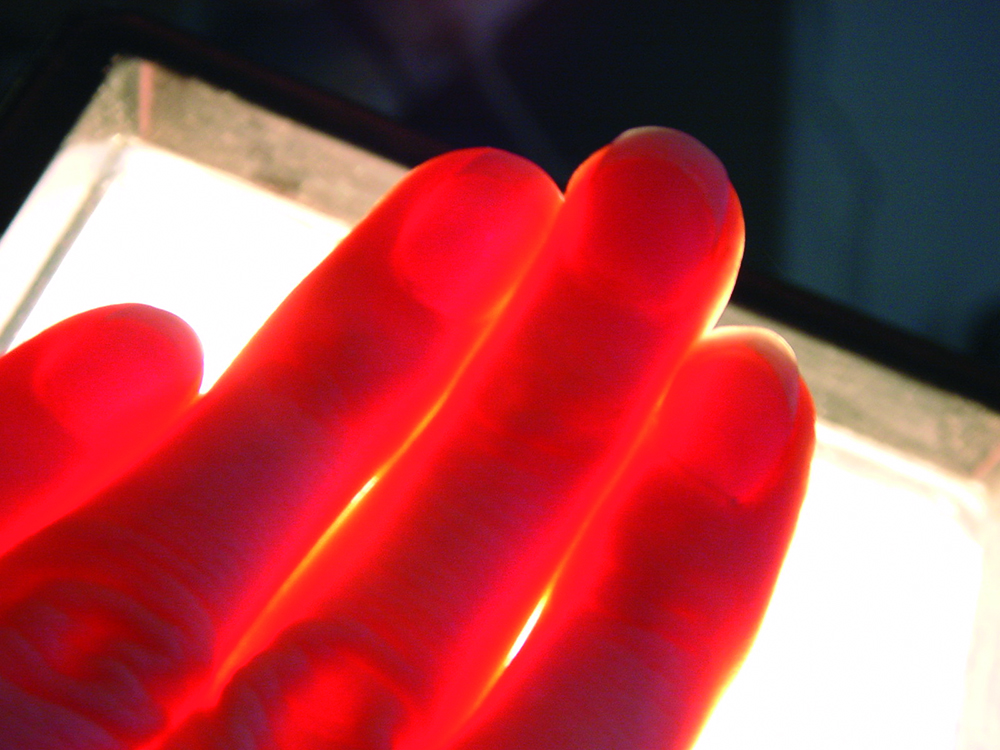The production, processing, and also the use of glass and ceramic materials as fireproof materials are considerably influenced by processes of radiative transfer. The cooling of hot glass melts essentially happens due to radiation.
In life sciences, photon and electron beams have already been applied for some time now for diagnostic and therapeutic purposes. Computer tomography in cancer diagnostics or dosimetry in cancer therapy, e.g., are acknowledged therapy methods. Optical tomography is explored worldwide in order to detect structures and properties of the human tissue.
Equation Describes Radiative Transfer
Such and similar processes from the fields of industry and medicine are described by the radiative transfer equation - an integro-differential equation. In the case of isotropic respectively linearly anisotropic scattering, this integro-differential equation can be transformed into an integral equation. Apart from the smaller number of unknowns, such a formulation as integral equation has enormous advantages with respect to the numerical solution (secured stability, symmetry, well-conditioned systems, application of fast iteration methods).
However, the discretization of the integral equation results in large, non-sparse systems of equations. It has been shown that, in the case of a very strong scattering, the resulting system of equations is ill-conditioned (small errors, e.g., truncation errors, can falsify the solution extremely), requiring adequate preconditioners.

